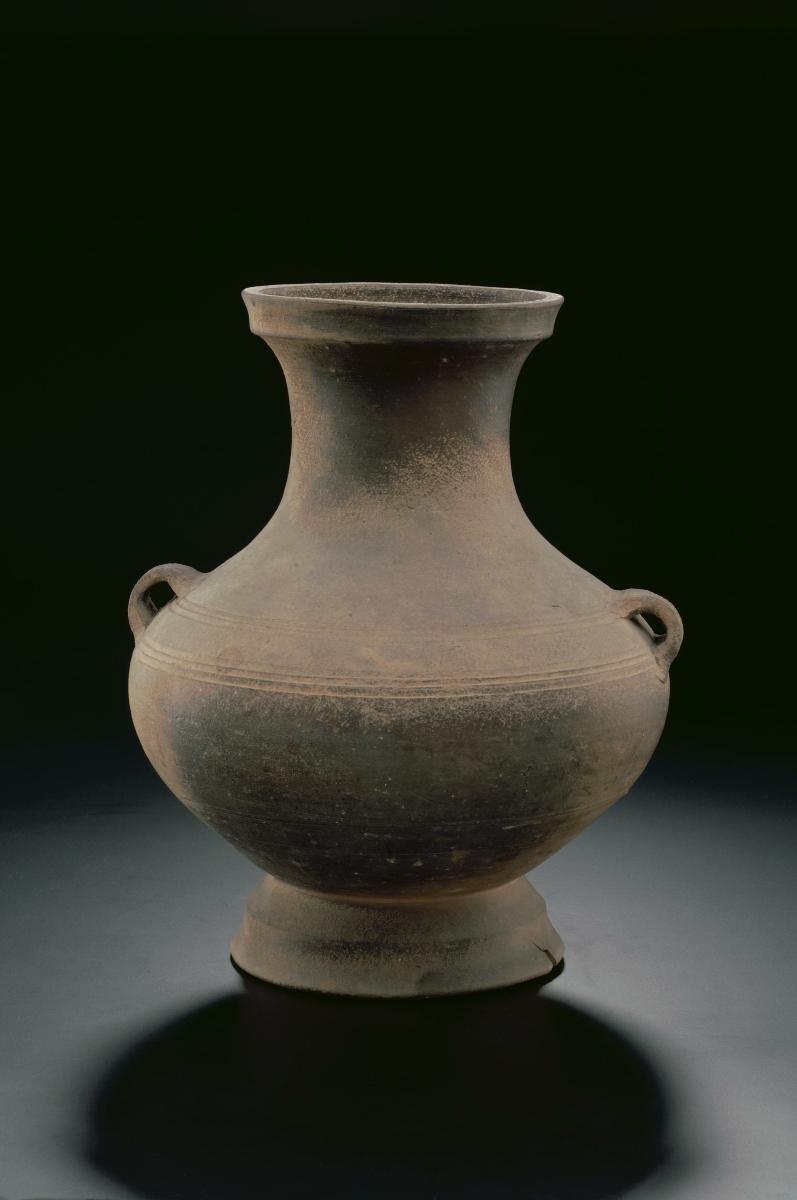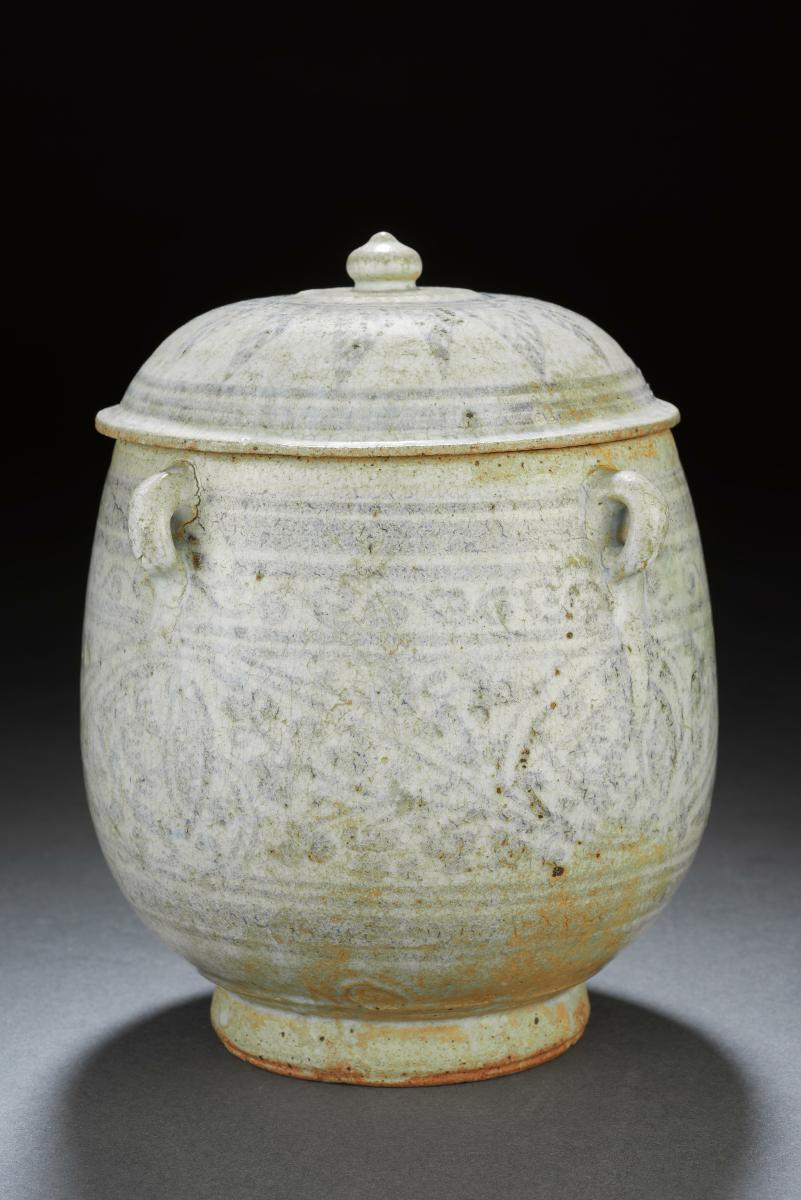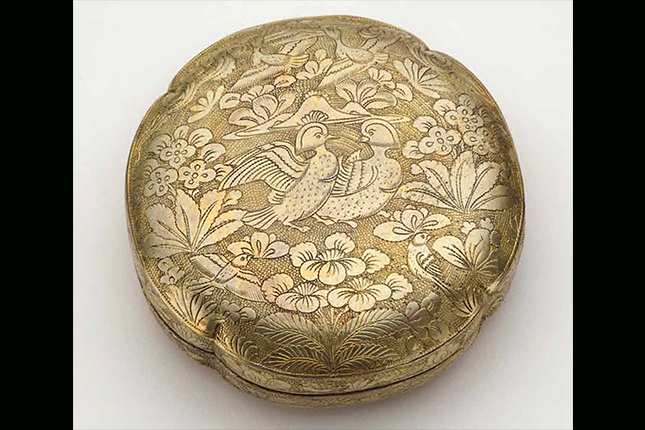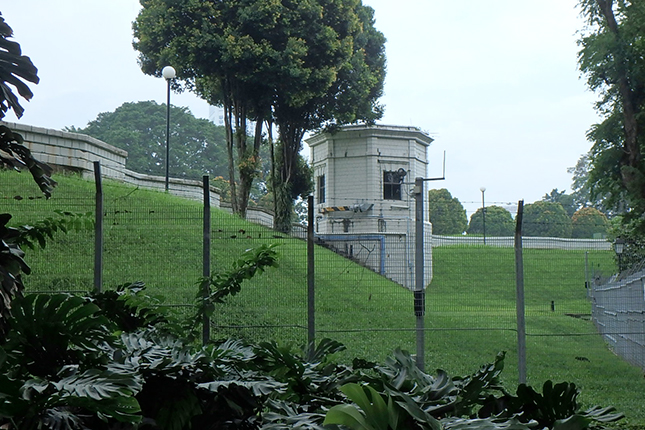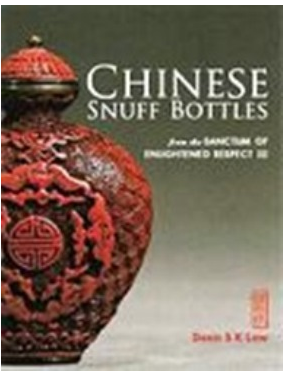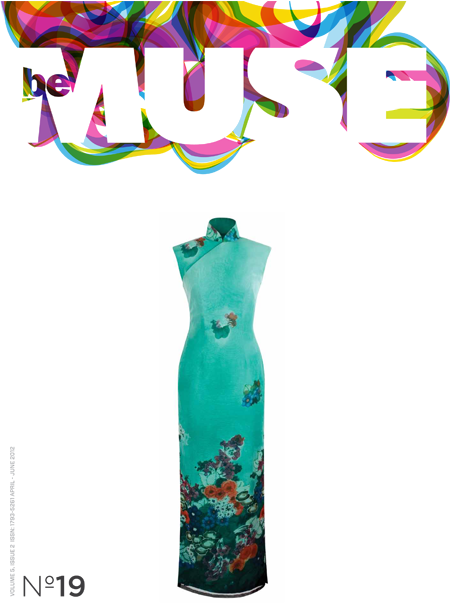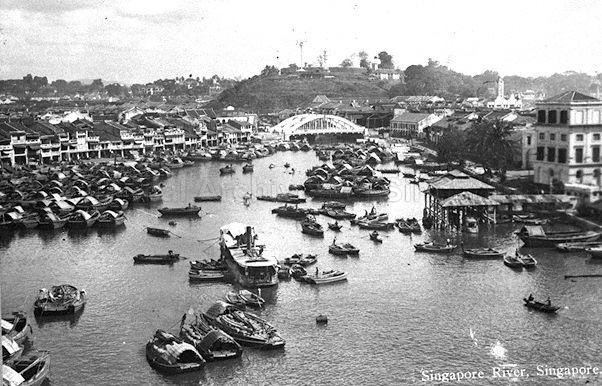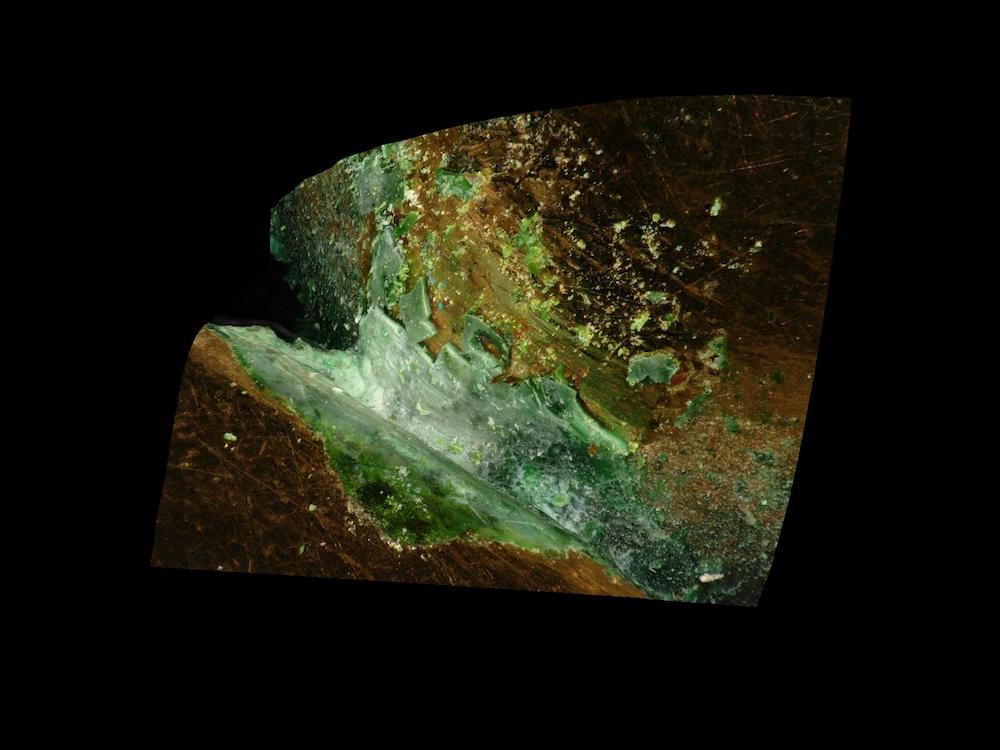The vast bulk of the Tang shipwreck’s cargo was made in the kilns of Changsha, Hunan province. Some 57,500 pieces were recovered, testament to mass production and commerce in the 9th century. Changsha ceramics were popular both within China and abroad. Significant quantities have been excavated at Yangzhou, the main port where the wares were stored before being shipped.Changsha was isolated from the Tang capital at Chang’an (today Xi’an) as well as from the commercial centres on the coast. Because of this, Changsha potters developed a distinctive style of decoration, using green and brown glazes. While most of the ceramics made in Changsha are everyday objects they also produced wares of various forms and designs, which reflect the range of their creativity. This jar for example, is much less common form, but does have similar glazed decoration to Changsha ewers.






